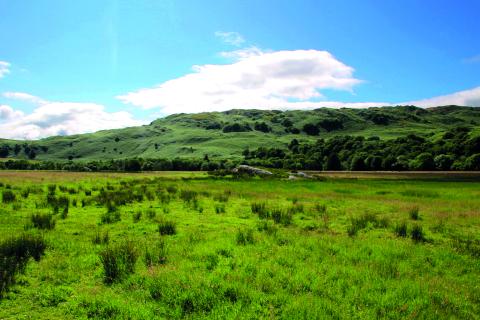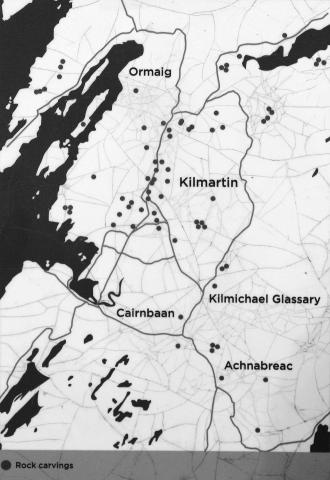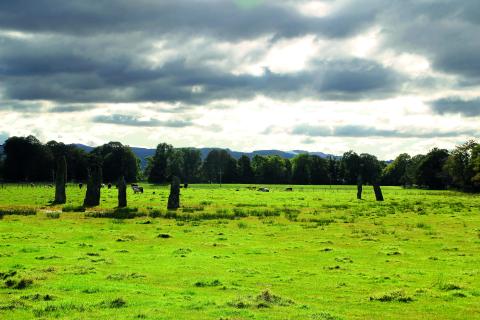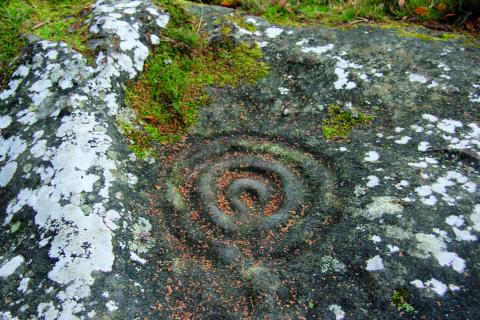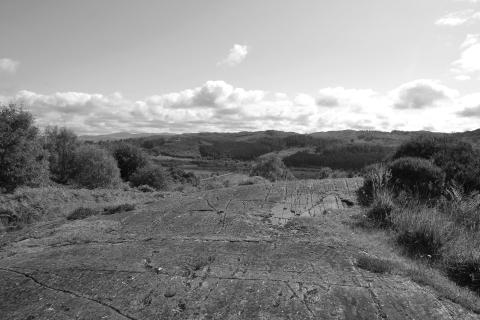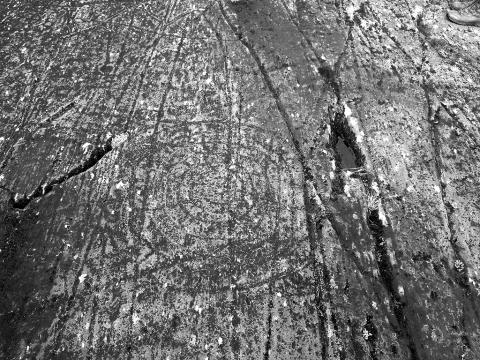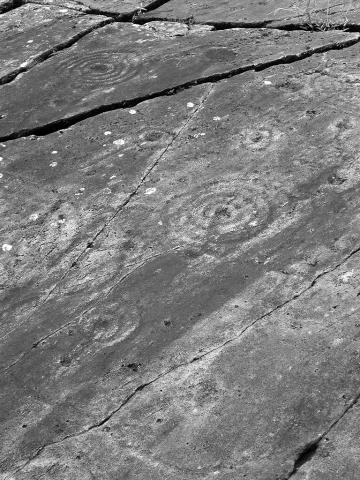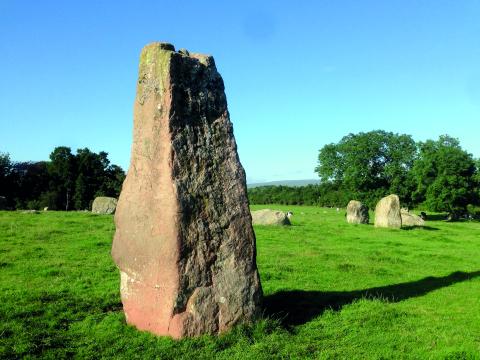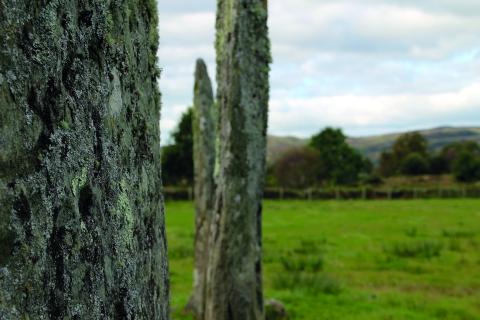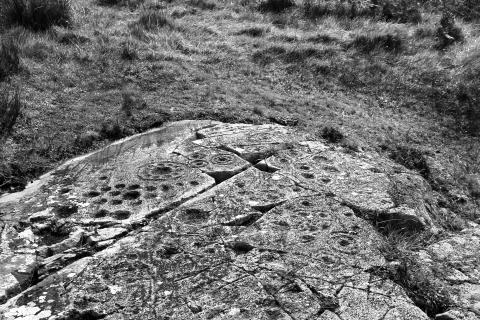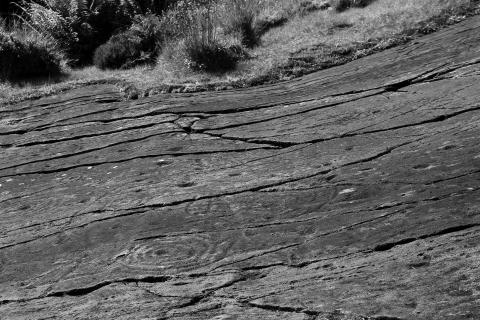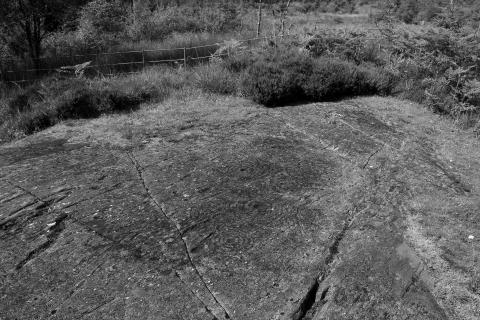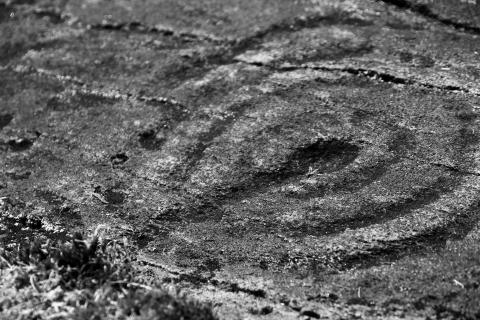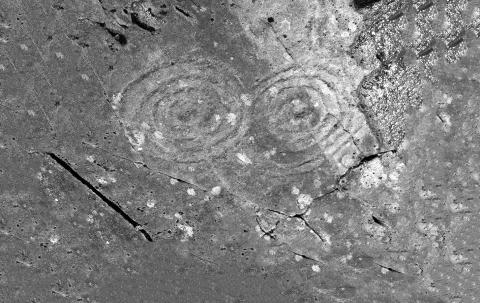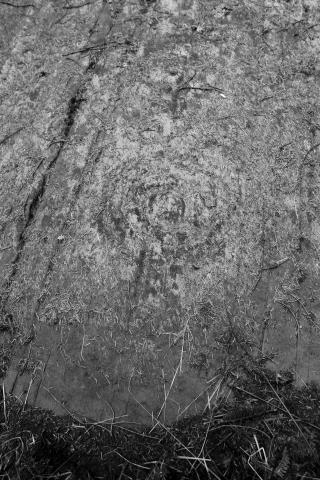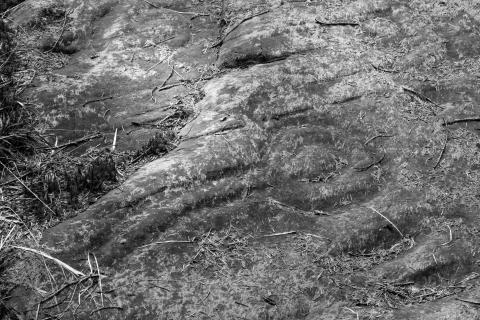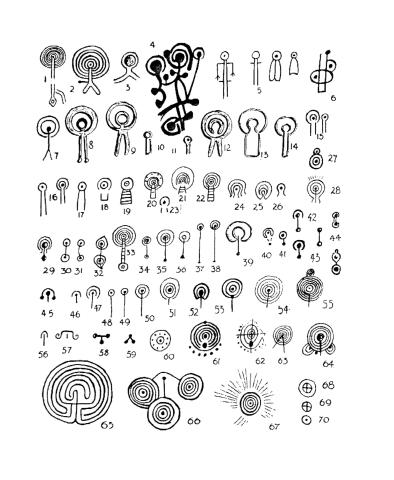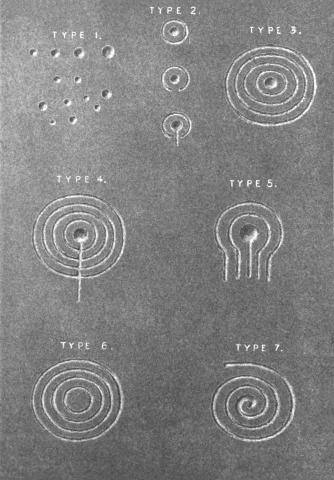Cup-and-Ring Marks
Kunstschaffen und Bewusstseinsbildung in der neolithischen Zeit
Export Article Citation as
- Download price : €6
Abstract:
This study examines the phenomenon of the so-called »cup-and-ring marked rocks« from the late Neolithic and early Bronze Age, as they occur particularly in Scotland and on the Atlantic fringe of Western Europe. This research report has its focus on their aesthetic ef- fects. A phenomenology of their appearance is worked out by starting with the direct per- ception of the simple forms, depressions in the rocks with circles around them. Systematically, the research shifts from the external phenomenon towards results derived from self-observation according to Goethe's methodology with indications of the kind of state of consciousness that was needed to produce these »images«. It is proposed to interpret cup-and-rings as early self-representations of man, and thus as art. Taking their aesthetic appearance seriously, the self-observation of these »watery« forms mark the transition from the hunter-gatherer ex- istence, i.e. a »free floating« consciousness in group contexts towards a perception of a spatially fixed outer nature, i.e. a sedentary form of life with an object consciousness. The conclusions of this work are compared and discussed with recent academic research and reflected in rela- tion to the method of Goetheanism.
References
- Balfour, J. A. (1910): The Book of Arran. Kilbrannan, Glasgow
- Beckensall, S. (2009): Prehistoric Rock Art in Britain. Amberley, Strout
- Bradley, R. (1997): Rock Art and the Prehistory of Atlantic Europe. Routledge, London
- Derbidge, R. (2018a): Zum Verständnis der Hybernischen Mysterien. Die Drei Nr. 7–8: 21–28
- Derbidge, R. (2018b): Orkneys Megalithstätten und die Hybernischen Mysterien. Die Drei Nr. 9: 29–36
- Han, B.-C. H. (2019): Vom Verschwinden der Rituale. Ullstein, Berlin
- Jones, A. M., Freedman, D., O’Connor, B. & al. (2011): An Animate Landscape. Rock Art and the Prehistory of Kilmartin, Argyll, Scotland. Windgather, Oxford
- Le Tensorer, J.-M. (2012): Le Biface, image des origines. In: Boehm, G. (Hrsg.), Was ist ein Bild? Antworten in Bildern, S. 149–152. Wilhelm Fink, Paderborn
- Morris, R. (1981): The Prehistoric Rock Art of Southern Scotland. British Archaeological Reports. Archaeopress, Oxford
- Schad, W. (2005): Die verlorene Hälfte des Menschen. Die Plazenta vor und nach der Geburt, in Medizin, Ethnologie und Anthroposophie. Verlag Freies Geistesleben, Stuttgart



